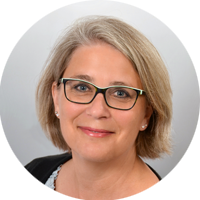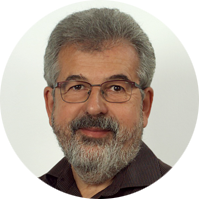The former seaport Qalhat
Today, only the ruins of the Bibi Mariyam mosque, which was probably built in the 14th century, bear witness to the size of the ancient seaport. The octagonal edge of the collapsed dome, the outer walls of the cubic central building and wall niches with stucco are still relatively well preserved. Otherwise, the area is a huge debris field. In only a few other places have sparse fragments of walls or cisterns been discovered.
The ground today is dotted with shards and chunks of brain coral, the most widely used building material. What is actually hidden under this gigantic waste heap is still largely beyond our knowledge. For a few years, however, a French team of archaeologists has been working intensively on the excavation of the most striking buildings. What they have brought to light confirms the ornate achievements of an historical period. The great mosque near the coast was evidently very large and indeed decorated with colorful tiles; There was also a large building for processing fish, presumably for export. The floor plans of the houses have all been localized and recorded in a city map. Even the original storey height of the buildings could be largely determined. As long as the excavations continue on the site, it is closed to visitors, because any seemingly worthless fragment could be an important part in the archaeological puzzle.
The desolate state of Qalhat has essentially two causes. Towards the end of the 15th century, the city experienced a severe earthquake, whereby part of the harbor was filled in, and numerous houses destroyed. When the Portuguese General Albuquerque reached Qalhat in 1507 during his reconnaissance and conquest raids, the reconstruction was not yet complete, but the beauty and wealth of the city must have been very impressive. Qalhat surrendered to Albuquerque without a fight and was initially spared further destruction. But the following year, Albuquerque changed his mind and returned, turning the thriving harbor metropolis, whose city walls were not yet completely repaired by the earthquake, into a rubble heap.
Since 2018 Qalhat is registered on the UNESCO list of World Heritage Sites.
Are you interested in a trip to Oman?
► Explore Oman with ARABIA FELIX
Your contacts for travels at Arabia Felix:
Maria Popp, Karin Nowack und Georg Popp
✆ Tel.: +49 (0)89 / 30 77 92 00
✉ info@oman.de



